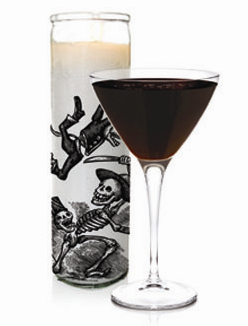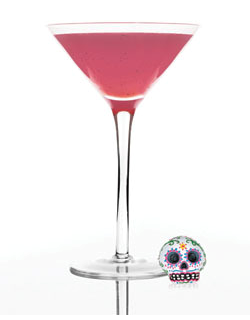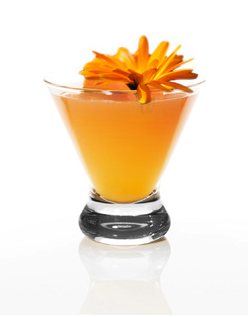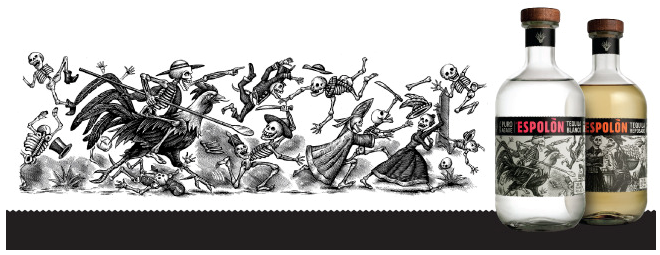
November 2nd marks Dia de los Muertos or “Day of the Dead,” an annual ritual of the Mexican community which celebrates human existence as death, and is considered the passage to a new life. Day of the Dead celebrations include lively music, decadent imagery and colorful costumes where revelers take to the streets, crowd into bars and host cemetery gatherings in honor of those who have gone before. Merrymakers honor the dead and celebrate the joy of living with traditional food and the country’s national drink – tequila.
Espolón Tequila has teamed up with bartenders across the country to create Dia de los Muertos-inspired cocktails aptly named to celebrate this holiday with true spirit.
Espolón Tequila itself honors the Day of the Dead. Inspired by 19th Century Dia de los Muertos-style imagery, the Espolón labels illustrate the fictitious journeys of characters Guadalupe and Rosarita, with their inspirational companion, Ramón the Rooster, capturing significant moments in the lives of the people of Mexico. The storied history depicted on the outside of the bottle is enhanced by the award-winning tequila within. The 100% pure Blue Agave tequila from the Los Altos (Highlands) region of Jalisco, Mexico is available in Blanco and Reposado.
Include Espolón Tequila in your Day of the Dead celebration with these spirited drink recipes:
 |
Created by H. Joseph Ehrmann |
Directions:
Place all ingredients in a mixing glass, fill with ice, cover and shake well
for 10 seconds. Strain up into a cocktail glass. Garnish with cinnamon dust.
Background:
According to Ehrmann, this cocktail honors the multicultural melding of Aztec
and Spanish traditions from which Dia de los Muertos was born. Traditional Mexican
ingredients such as agave are paired with Spanish ingredients such as Pedro
Ximenez Sherry, and finished by sprinkled cinnamon—metaphorical ashes,
if you will.
 |
Created by Thomas Waugh |
Directions:
Muddle strawberry with black peppercorns. Rinse a cocktail glass with absinthe.
Shake all ingredients with ice in a shaker and fine strain into the rinsed cocktail
glass.
Background:
Who better to create this Dia de los Muertos cocktail than the talented Waugh
at New York’s famed Death & Company? The cocktail is named for Catrina,
a skeletal figure who has become closely associated with Day of the Dead. In
this recipe, the light and fruity taste of strawberry combined with the dark
pop of anise and black pepper pays tribute to both the elegance of the Catrina
and the darkness of death.
 |
Created by Christopher Bostick |
Directions:
Muddle cantaloupe, Agave Nectar, and Orange Curaçao in the bottom of
a mixing glass. Add remaining ingredients, excluding garnish. Add ice and shake
very well for at least 10 seconds. Double strain into chilled cocktail glass.
Garnish with edible marigold.
Background:
Bostick is especially drawn to the imagery of Dia de los Muertos. In Day of
the Dead celebrations, the marigold is known as the “flower of the dead,”
which helped to inspire this drink. Its fragrance is believed to attract spirits
and guide them to their ofrendas (offerings). This cocktail’s light citrus
flavor combined with the kick of Chile de Arbol is spirited enough to guide
any soul home.





